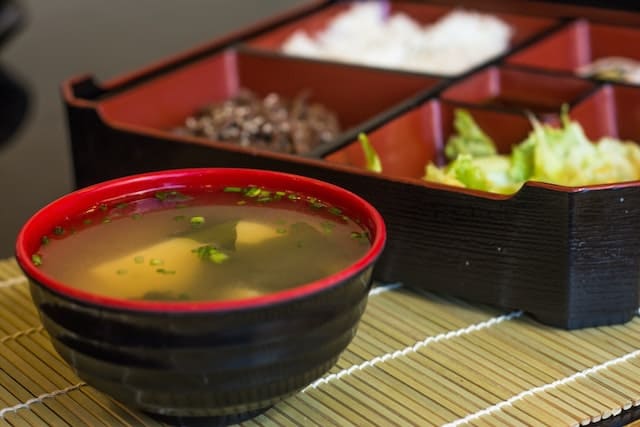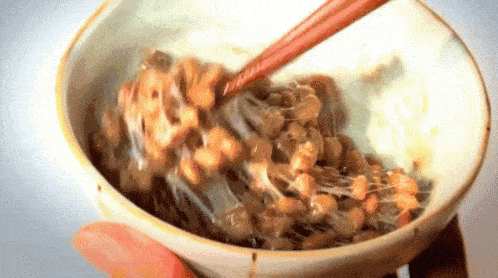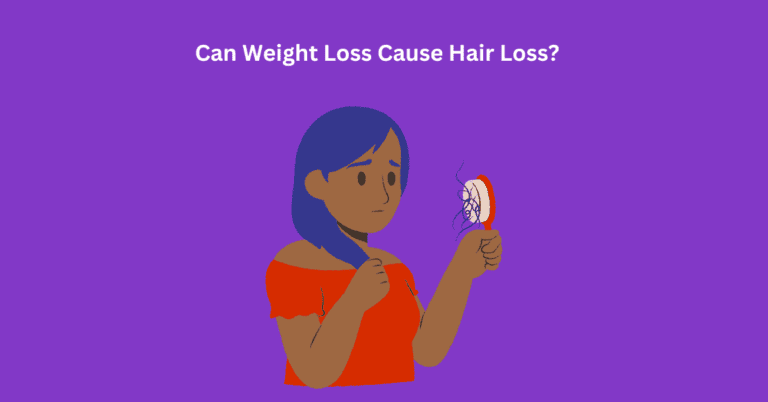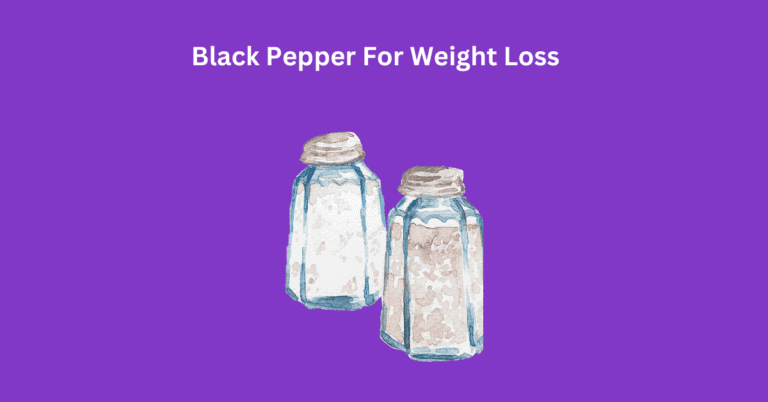The Traditional Japanese Diet: Easy Method For Weight Loss

Did you know in Japan they have one of the lowest obesity rates worldwide? This is why people tend to keep their youthful looks and body till their later age.
This is all thanks to their Japanese diet. From the foods they eat and beverages they drink, offer a balanced and sustainable way to help you lose weight.
The best part is the simplicity of it, unlike various other diets, this will feel more relaxed and easy to maintain.
Through the article, I will talk through the principles of the Japanese diet and explore how you can incorporate its critical components into your lifestyle.
The Principles Of The Japanese Diet
The Japanese diet is mainly constructed using 2 rules~ firstly consuming seasonal & locally sourced ingredients and secondly, practicing mindful eating.
Seasonal & Locally Sourced Ingredients
Unlike in many countries where they eat various foods from all around the world regularly, in Japan, it’s a tradition to consume mainly locally grown seasonal foods.
But why does this matter? You may ask:
Well, in most cases seasonal & locally sourced ingredients are fresher and are more nutrient-dense than imported foods.
This means that they retain higher levels of vitamins & minerals which are beneficial for overall health and weight management such as keeping your craving in check.
Also, foods that have not been imported will be less likely to be covered in pesticides and preservatives.
These chemicals can whack your hormone off balance, affecting your body’s function to inform you when you’re full. You can probably guess how this can be a pain in the butt during your weight loss journey.
Whole Foods
Japanese tend to stay away from processed & junk foods and their diet primarily consists of fresh & whole foods.
Whole foods refer to foods that have undergone little to no processing methods~ thus retaining their original nutritional composition.
You should try and limit processed foods because they often contain high amounts of added sugars, unhealthy fats (eg trans fats), sodium and are high in calories.

On top of that, they will provide less nutritional value to your body compared to whole foods.
The added sugar, sodium, and fat will increase your cravings, making you crave more processed food and creating a nasty loop.
Whereas whole foods are less in calories, have higher nutrient value, and will make you satiated quicker due to the fiber or protein content.
2 examples are whole grains for fiber and chicken breast for protein~ these micronutrients are both known to ease your hunger and keep you fuller for longer.
Whole foods are superior in every way for not only helping you lose weight but for your health as well.
Mindful Eating
Japanese citizens practice mindful eating and it’s part of their culture~ they even have a term for it called the Hara Hachi Bu.
( Fact Check: The term Hara Hachi Bu when translated into English means to eat until you are 80% full).
They typically eat their foods at a slower pace~ taking their time to savor each bite and appreciate the flavors of the dish.
The benefit of eating slowly is that it will allow the signal that your body is full to reach your brain. Whereas eating too quickly won’t give enough time for your brain to receive this signal, leading to consuming extra foods than required.
Therefore by just savoring each bite and chewing your food thoroughly, you can enhance the enjoyment of your meals and naturally consume fewer calories.
Here are some quick tips for mindful eating:
Cut out any distractions while eating such as turning your TV off, putting away electronic devices, and physical entertainments such as books or magazines. This will help you be more present in your eating experience and make it easier to listen to your body’s signals.
Before eating, take a brief minute to express gratitude for the food in front of you. Appreciate the effort that had gone into creating the dish~ this will naturally help you slow your chewing pace.
Key Foods Of The Japanese Diet
Below I will go over some of the foods that have been a staple in the Japanese diet and their benefits when it comes to weight loss.
Fish and Seafoods
Since Japan is surrounded by the ocean, fish has been a popular meat to add to their dish.
Fish has high amounts of omega-3 fatty acids~ especially salmon and mackerel.
One of the magical perks of this is that it promotes the feeling of fullness. A study shows that individuals who consumed omega-3 fatty acids felt significantly satiated (up to 2 hours) after their meal.
If you are satisfied for a longer period it will help control your appetite~ thus you are less likely to go grab snacks during the day.
Furthermore, it has been shown to help burn fat by improving insulin sensitivity.
(Fact check: insulin sensitivity is a term used to describe how well your body reacts to the effects of the insulin)
Improving sensitivity will support your body’s ability to use stored fat as an energy source effectively, therefore helping you burn fat.
Nattō

Nattō is a fermented soybean made by using specific bacteria called Bacillus subtilis.
It’s got a sticky and slimy texture which I am not a big fan of, however it’s considered a superfood that has many upsides including aiding with weight loss.
The bacteria that is used to make the nattō is a probiotic that can improve your overall gut health by promoting healthy bacteria and eliminating the bad ones.
Having a healthy gut will allow you to digest your food efficiently and enhance your glucose metabolism.
Nattō is packed with fiber, which is an excellent macronutrient to promote fullness and aid your digestion.
But the best of all is that they are super low in calories~ 40g of nattō comes to about 85 calories.
Green Tea
Quick history lesson: (sorry for being boring)🙇
Green tea was first introduced in Japan when Japanese Buddhist monks came back from China. It quickly gained popularity among Buddhist monks and the elite class. Over time it became accessible to the general public and used as part of Japanese tea ceremonies.
But moving on…
Green tea contains catechins, which have been seen to have thermogenic properties. This can increase your body’s metabolic rate, resulting in higher calories burnt throughout the day.
The catechins in green tea have also been shown to increase fat oxidation, which is the body’s ability to break down and utilize stored fat as an energy source. By enhancing fat oxidation, green tea may assist in reducing body fat levels and promoting weight loss.
Seaweed
Seaweed contains a chemical compound called fucoxanthin~ for which has been shown to interfere with your digestive enzyme responsible for breaking down fat, therefore reducing the amount of fat getting absorbed by the body in your gut.
Seaweeds are also high in iodine.
Iodine is an essential component for the thyroid to produce hormones. Improper thyroid function can cause your metabolism to drop, making it more difficult to lose extra pounds.
Balanced Macronutrient Intake
Japanese do an excellent job to balance out their meals.
- Firstly they have a portion of complex carbohydrates, which can be white rice or noodles.
(Fact check: there are two types of carbs~ simple and complex. Simple carbs are broken down easily so energy can cause a ‘sugar crash’. Choose complex carbs instead as they are harder to break down, so they will provide you with a long and constant flow of energy).
Carbs are broken down by the body into glucose and are used by your cells and muscles for energy. Therefore, a lack of carbohydrates will increase your cravings due to the shortage of energy available for the body.
- Secondly, they have a portion of meat, usually a type of fish.
Proteins are important for not only quenching your hunger but retaining your muscle mass as well.
As you cut down your weight, you don’t only lose fat but also your muscle mass~ this can make losing weight harder…
Muscle muscles are metabolically active tissues that help burn calories. So if you start losing muscle mass, your resting metabolism will drop.
- Thirdly they have a portion of fermented or fresh vegetables.
We have been forced to eat vege since we were little kids and there’s a good reason for that.
They might not taste the greatest but they are packed full of vitamins and minerals which are essential for keeping your body running optimally.
If you start getting deficient in any specific vitamins or minerals, this can cause negative symptoms to arise such as digestion problems and fatigue~ creating obstacles and making the goal of losing weight harder.
- Fourthly it includes a small bowl of soup, in most cases it will be a miso soup.
This is an additional item, so you don’t need to add it to your meal if you don’t want to.
Same as Nattō, miso soup is a fermented food, so it also contains bacteria known as probiotics. This can aid in digestion making it easier for your body to absorb nutrients from the foods.
How To Incorporate Japanese Diet To Your Lifestyle?
Incorporating the Japanese diet into your lifestyle can be beneficial to both your weight management and overall health.
With that being said, you should take baby steps to ease yourself into this diet, to allow your body to get used to the new changes.
- The first step you can take is to practice mindful eating with your current diet. When eating, if possible go to a quiet area with no distractions and just be present while eating.
- Then start cutting out as much processed & junk foods as you can one by one, and fill your daily meals with whole foods.
- If you can, buy fresh foods from your local supermarket or nearby farms. If not fresh, try to choose organic foods, as they are free from harmful chemicals.
- This might need some practice but try to eat foods in their seasons, as they will be fresher and add variety to your diet.
- With every meal, try to include a portion of vegetables and vary the color of it throughout the week.
- Eat lean meats such as chicken breast, just so you have enough amino acids in your body to retain muscle mass.
- Japanese love their fish, so don’t forget to have them 2-3 times a week. If you totally hate the taste of fish then you can take omega-3 fatty acids capsules to get the benefits of it.
- Now this part can be difficult for some people, which is eating fermented foods like miso soup, as it has its unique taste.
- Replace your sugary drinks with green teas. It might be surprising, but there are over 1500 different variants of green tea~ this allows you to play around with many flavors.
Physical Activity
Diet alone won’t be enough to provide sufficient weight loss, you need to add some sort of physical activity into the mix.
The reason is, for you to start cutting down weight, your body needs to be burning more calories than what you are consuming.
As we are in the theme of Japan, let us talk about an exercise that has been popular for many years called the Radio Taiso
It was introduced in Japan in the early 1928 to promote public health. The exercise is broadcasted through the radio, but in this day and age, we can find these all online.
It involves rhythmic movements, stretches, and calisthenics~ accompanied by music in the background.
The exercises focus on promoting overall physical well-being, flexibility, coordination, and cardiovascular fitness~ which lasts around 10 minutes targeting your whole body.
Radio taiso is a fun way to stay active and burn off those calories.
Here’s an example:
Conclusion
The Japanese Diet offers many values that can support weight loss and your overall health.
By buying seasonal and locally sourced ingredients, you are receiving a higher amount of nutrients while eliminating any harmful chemicals that can interfere with your weight loss such as added sugars.
Their meals are balanced, including portions of complex carbohydrates, vegetables, protein, and additional items like fermented foods & soups.
However, the best part (for me anyway) is the practice of mindful eating. In this age where foods are readily available, we eat without really appreciating the ingredients on our plates.
Giving your full attention to the food you eat will one, enhance the flavors and two, will allow enough time for your brain to send signals of being full to your body.
Also make sure you partake in regular physical activity, such as Radio Taiso exercises or other forms of movement to help you burn off calories.
That’s all from me, now it’s your time to go enjoy the nourishing benefits of the Japanese diet and bring forth your youthful body.



